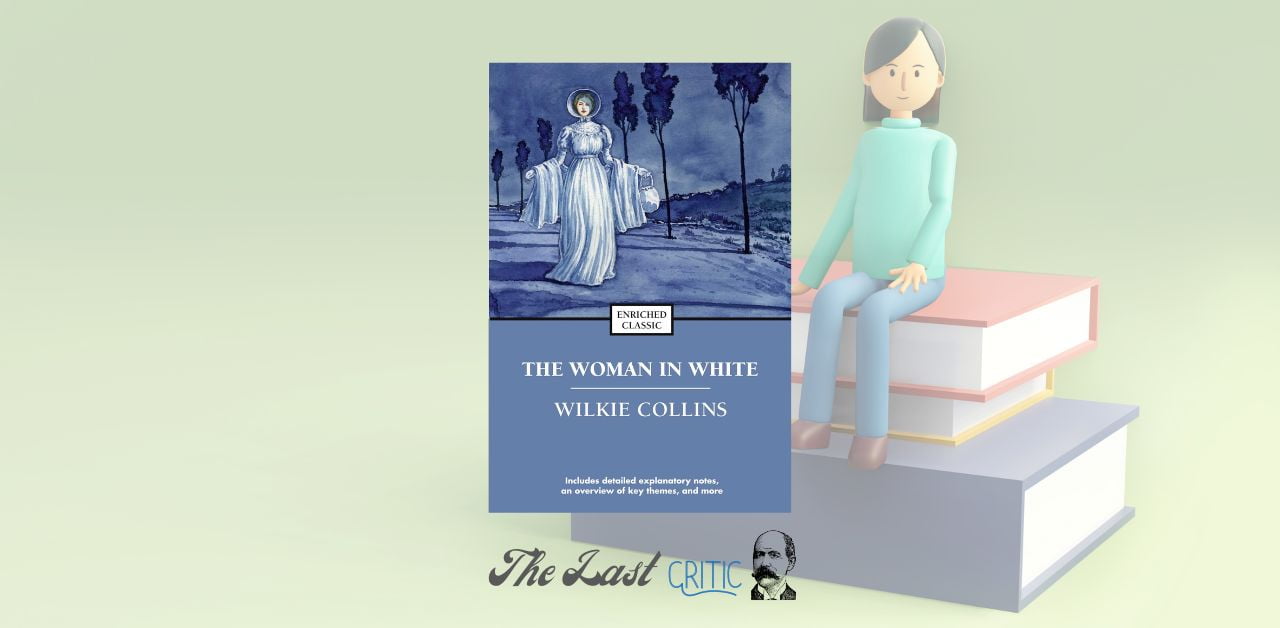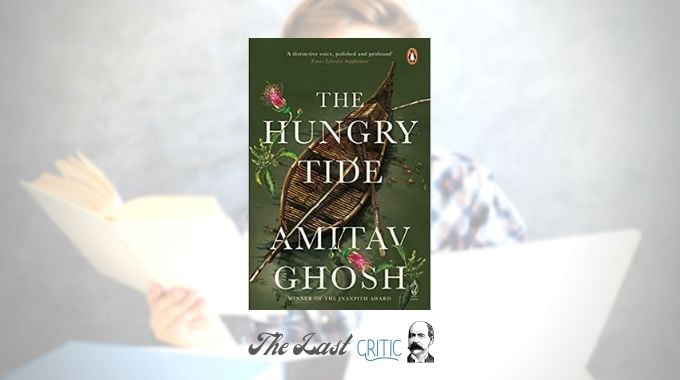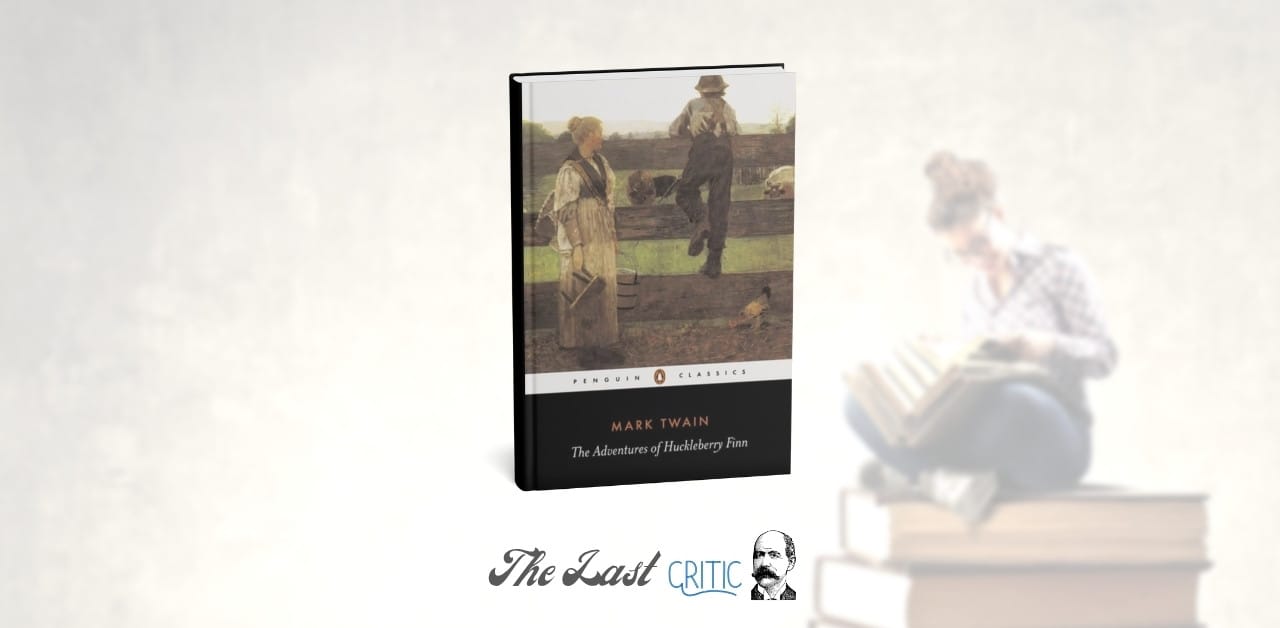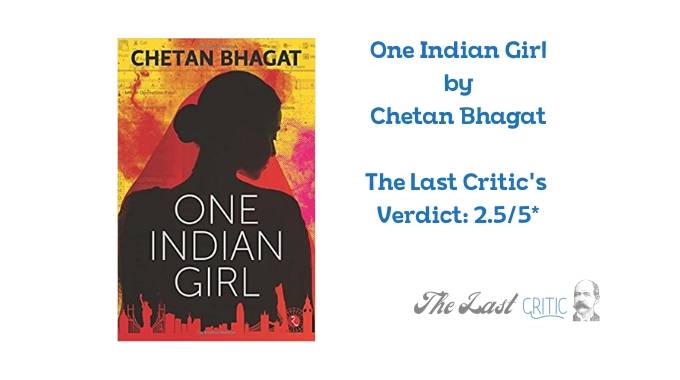
The Woman in White by Wilkie Collins Book Review
Victorian novels have a distinct appeal. While social justice was the dominant theme in the works of the great Charles Dickens, other novelists explored different ideas in their works. In addition to the famous Thomas Hardy, Charlotte Bronte, Oscar Wilde, William Thackeray, and George Eliot, they tried to bring other sides of humanity to the readers. Most naturally, as we remember these novelists and their works, we tend to forget a few names worth remembering. One such name is Wilkie Collins! He explored mystery and suspense like no one did before him! In this article, I will review one of his most famous works, The Woman in White.
Introduction:
The Woman in White is undoubtedly the most famous work authored by Wilkie Collins. It was first published in 1859. According to many critics, it stands as a paragon of Victorian literature. Its masterful fusion of mystery, romance, and Gothic elements has cemented its place in the annals of classic English literature. This review endeavours to critically analyse the novel’s literary merits while contemplating its resonance with contemporary young readers.
Literary Brilliance in The Woman in White:
Narrative Structure:
Collins employs an innovative narrative technique, unfolding the intricate plot using multiple first-person perspectives. This polyphonic approach enhances the suspense and provides a multifaceted view of the events, lending depth and credibility to the narrative. Each narrator’s distinct voice contributes to the richness of the storytelling, creating a tapestry of perspectives that engage the reader’s intellect and emotions.
Characterisation:
The characters in “The Woman in White” are meticulously crafted, each endowed with unique traits that propel the narrative forward. Walter Hartright, the earnest protagonist, embodies the archetypal Victorian hero with his sense of duty and moral fortitude. Marian Halcombe, with her intelligence and resilience, subverts the era’s typical portrayal of women, emerging as one of the most memorable characters in Victorian fiction. Conversely, Count Fosco, with his sinister charm and Machiavellian cunning, is a testament to Collins’ ability to create compelling antagonists. These characters are not mere archetypes but complex beings whose interactions drive the plot and sustain the reader’s engagement.
Thematic Depth:
Collins deftly explores themes of identity, power, and social justice. The motif of mistaken or concealed identity, exemplified by the enigmatic figure of the woman in white, Anne Catherick, serves as a vehicle for exploring broader societal issues. The novel interrogates the legal and social constraints placed upon women, shedding light on the gender inequities of the time. Additionally, the critique of the legal system and the abuse of power by the aristocracy underscore Collins’ commitment to social commentary.
Atmosphere and Setting:
The atmospheric quality of “The Woman in White” is another testament to Collins’ literary prowess. The Gothic elements—the eerie landscapes, the decaying mansions, and the pervasive sense of dread—are meticulously rendered, creating a backdrop that enhances the novel’s suspenseful tone. The settings are not merely passive locales; they actively contribute to the narrative’s mood and tension.
Shortcomings of the Novel:
While “The Woman in White” is celebrated for its literary ingenuity, it is not without shortcomings. The novel’s pacing can be uneven, with specific sections, particularly those laden with intricate legal and financial details, potentially bogging down the narrative and testing the reader’s patience. Additionally, Collins’ extensive use of coincidence to advance the plot can strain credulity, challenging the suspension of disbelief essential for fully immersing in the story. Despite their initial complexity, some characters can appear overly melodramatic or stereotypical by modern standards, which may detract from their authenticity. Furthermore, the novel’s length and elaborate prose, characteristic of Victorian literature, may render it less accessible to readers unaccustomed to such a style. While not diminishing the novel’s overall impact, these factors present notable challenges that can affect the reading experience.
The Novel in the Modern Context:
Relevance to Young Readers:
While “The Woman in White” is undoubtedly a masterpiece, its appeal to modern young readers may be mixed. The novel’s length and intricate plot, characteristic of Victorian literature, might be daunting to those accustomed to the brevity and immediacy of contemporary fiction. Moreover, the formal language and detailed descriptions, though integral to the novel’s charm, may challenge readers more familiar with the streamlined prose of modern books.
Timeless Themes:
Despite these potential barriers, the novel’s exploration of timeless themes such as justice, gender dynamics, and the quest for truth can resonate with young readers. The firm, multifaceted female characters, particularly Marian Halcombe, offer a progressive representation that aligns with contemporary values of gender equality and empowerment.
Narrative Techniques:
The fragmented narrative structure predating modernist techniques might intrigue young readers who appreciate innovative storytelling. The suspenseful plot, replete with twists and revelations, holds the potential to captivate those with a penchant for mystery and psychological intrigue.
Conclusion:
“The Woman in White” remains a testament to Wilkie Collins’ literary genius. Its intricate plot, compelling characters, and rich thematic content ensure its enduring legacy in the literary canon. While its Victorian sensibilities might challenge modern young readers, its exploration of universal themes and its innovative narrative structure offer connection points. Ultimately, “The Woman in White” is a novel that rewards the patient and discerning reader with a richly immersive and thought-provoking experience.
Want to read more Victorian novels? Here is a dedicated list: Best Victorian Novels
Related Resources:
Review by Ashish for The Last Critic
The Woman in White by Wilkie Collins Book Review
- TLC Critical Rating
Summary
Classic! It’s a story that blends mystery, legal drama, and crime—something from a bygone era but still fresh. Enjoyable!



